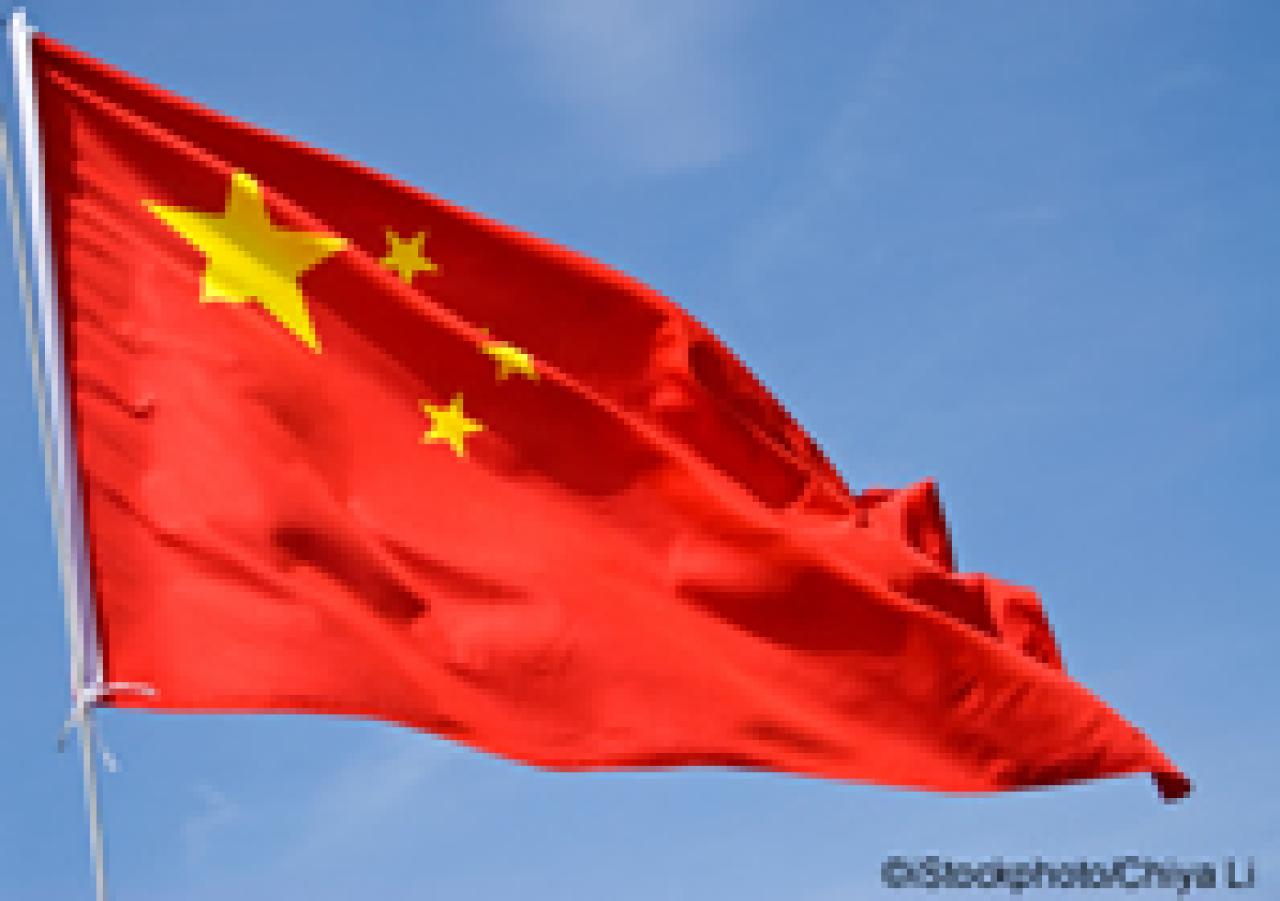
As INSEAD Affiliate Professor of Entrepreneurship and Family Enterprise Patrick Turner explains, this has attracted two groups of entrepreneurs: local residents who are eager to launch companies of their own; and entrepreneurs from overseas, often from the US, who see new opportunities emerging back home. The latter comprises the returning diaspora – people who left their native country to study abroad and seek greater opportunities elsewhere, but who are now interested in returning home, bringing with them the education, experience and, often, personal wealth they have acquired overseas. The combination of these two groups represents a potentially powerful teaming up of ideas, experience and funding that is already resulting in success stories.

In this respect, the situation in both China and India is very similar, although Turner says the pattern of entrepreneurship development in the two countries is very different. “Historically, both countries have had a very strong entrepreneurial record. Wherever the Indians have tended to go – in the UK or, earlier than that, in East Africa – they have tended to start their own businesses. And as far as the Chinese are concerned there are a lot businesses in the SME (small and medium-sized enterprise) fabric in today’s Malaysia or today’s Singapore for instance, which were formed by the immigrant Chinese when they first came here (to Singapore) a couple of generations ago.”
“But there’s been a difference in the development of both countries which has been absolutely crucial in the development of entrepreneurship, and that has been the Communist era in China in which, among a lot of other things, the development of personal capital, private initiative and private enterprise was essentially frowned upon and that epoch never happened in India,” he says.
Although both countries have traditionally produced entrepreneurs, the political campaigns initiated by the Chinese Communist Party, especially in the 50s and 60s, with its shunning of personal wealth creation and private enterprise, disrupted the flow of entrepreneurs. It is only since the introduction of paramount leader Deng Xiaoping’s economic reforms in the early 80s, that China has gradually developed a private sector.
Consequently, Turner adds: “In China they have been reinventing a capitalist, entrepreneurial venture system over the past 20-25 years, whereas in India they have just gone sailing forward on the crest of the wave formed by the opportunities from business process outsourcing and the IT boom.”
Entrepreneurial activity
Even in the early part of this decade, the degree of entrepreneurship activity – as measured by the number of people engaged in new and early stage ventures – did not progress nearly as quickly in China as in India. According to the Global Entrepreneurship Monitor’s report for 2003 – the most recent statistics available for India – 12.5 per cent of the total Indian working population was involved in opportunity-based ventures, whereas in China the figure was about half that at 5.5 per cent. Furthermore, while on trips to India, Turner says the young Indians he has met there seem to have “some grasp, if very incomplete, of what is involved in launching a new venture, whereas the young Chinese aspiring entrepreneurs I come into contact with seem to be much further back in this respect.”
This may, in large part, be because of the entrepreneurship environment in the two countries, Turner says: “You are more likely to become an entrepreneur if someone in your environment is, or has been one – your father for instance, or some other family member.” However beyond the family, a strong entrepreneurial community – such as the home town or cluster of towns in the home area – might also encourage some to turn to entrepreneurship. “It’s a matter of entrepreneurship appearing to you in those you see around you as a perfectly normal and widely practiced way of pursuing a career,” Turner explains.

In China, however, there are no ‘icon’entrepreneurs or role models, although entrepreneurs have been gaining greater prominence through Forbes magazine’s list of the country’s 50 richest entrepreneurs.
India has an additional advantage over China in terms of entrepreneurship-oriented bodies such as the TiE network (The Indus Entrepreneurs) or Wadhwani Foundation, which seek to promote entrepreneurship by, among other things, organising workshops and seminars nationally. Founded by entrepreneur Romesh Wadhwani, the foundation funds various entrepreneurship education-related projects like the National Entrepreneurship Network (NEN), which brings together prestigious Indian higher education institutions and entrepreneurs.

-
View Comments
-
Leave a Comment


No comments yet.